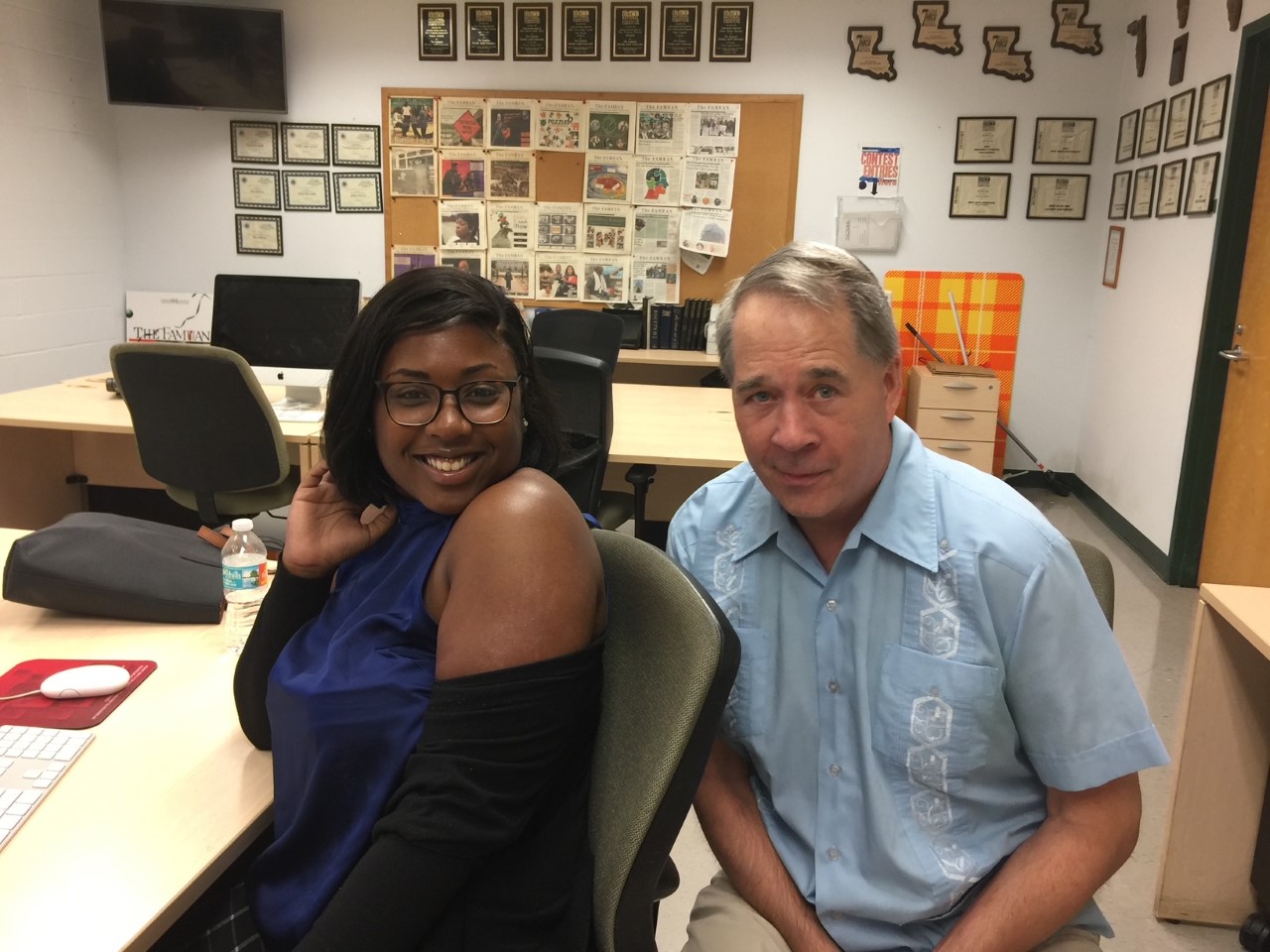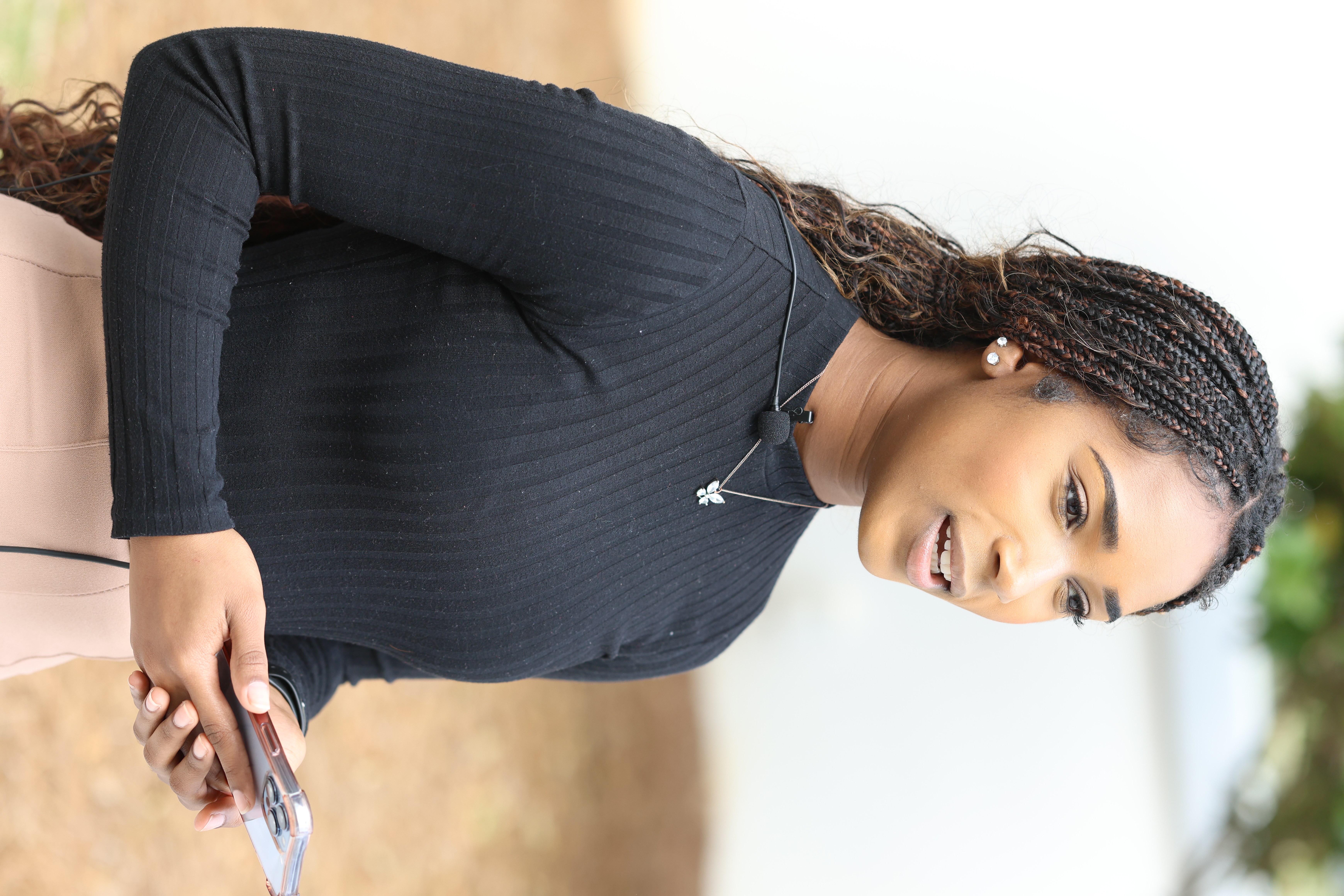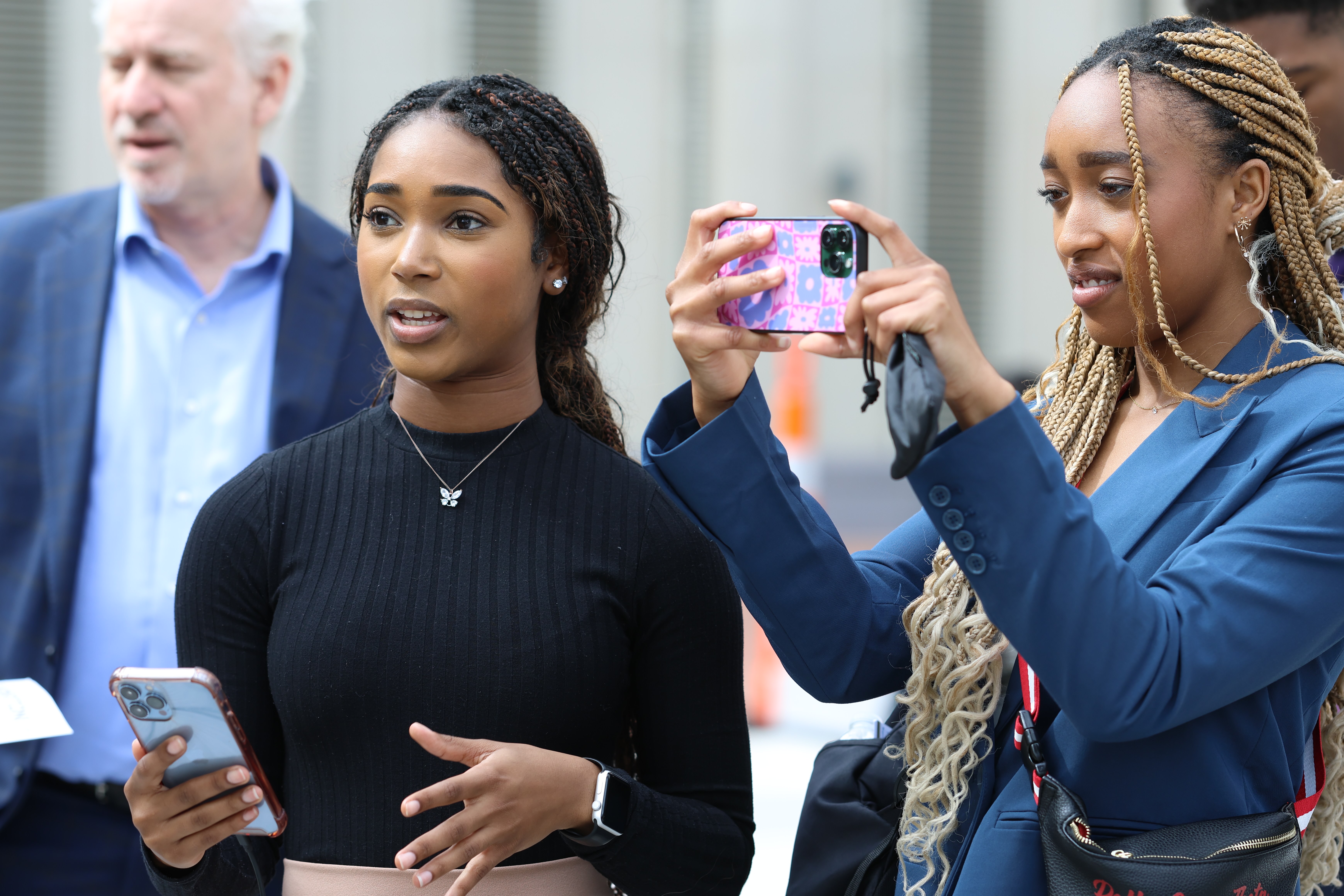By Carolyn Shapiro
Early this year, Florida Gov. Ron DeSantis muscled out the leadership of New College, a well-respected liberal arts school in Sarasota and the smallest in the state’s public university system. DeSantis replaced half of the board of trustees with his conservative political allies, who then forced out New College’s president.
Soon after, DeSantis proposed legislation to ban diversity initiatives at state universities and eliminate gender studies programs.
Florida A&M University student journalists have covered the campus culture war from multiple angles. They have delved into possible bans on the TikTok social media platform and recent proposals to restrict LGBTQ content in sexual and health education.
This is the kind of reporting that Doug Blackburn encourages among his students at Florida A&M. Now a FAMU associate professor, Blackburn spent decades as a newspaper reporter — including stints covering the Florida legislature — before joining the university in 2015.
 “I'm trying to bring the newsroom into the classroom,” Blackburn likes to say. “I don't want my students to think of themselves as students, but as student journalists.”
“I'm trying to bring the newsroom into the classroom,” Blackburn likes to say. “I don't want my students to think of themselves as students, but as student journalists.”
In the FAMU School of Journalism and Graphic Communication, Blackburn teaches the Capital Bureau class, formerly called public affairs reporting. The class of up to 20 students meets twice a week. The student journalists cover the Florida Legislature, which convenes just blocks away from the campus in Tallahassee. Blackburn urges his students to write about county and city government, as well.
“Politics, people, procedures, policies — I call it the ‘big P’ class for all of those reasons,” he said.
FAMU previously offered the course only in the spring semester but will make it available in fall starting later this year, Blackburn said.
The stories appear in the student-run online newspaper The Famuan. The site recently added student-produced video packages. Blackburn has brought in a former TV journalist as a consultant to work on multimedia projects with students.
A recent update in the curriculum focused the Capital Bureau program on strong reporting skills and hands-on experience to give FAMU students a competitive edge when seeking internships and jobs, said Mira Lowe, dean of the FAMU journalism school. At the same time, the student reporters fill gaps in news coverage that have expanded as Florida newsrooms have shrunk.
“I've always felt and really continue to think that our schools can be the hubs for news coverage that is missing,” Lowe said. “And that's what we're trying to do here.”
Covering the Florida legislative session is a challenge for student reporters on the semester schedule. It lasts just 60 days, typically from early March to early May, occasionally from early January to early March, unless lawmakers return for a special session.
“A week and a half after the session starts in early March, we have a week of spring break,” Blackburn said. “You can't tell the students, ‘No, you can't go on spring break.’ They would have a riot, so it just presents practical issues sometimes.”

“We wanted to invest in it, because we know we want to give them every leg up that we possibly can in doing the work,” Lowe said.
Florida’s state capital would hardly qualify as a news desert. The Miami Herald and Tampa Bay Times operate a joint bureau with a half-dozen reporters, and many other news outlets’ journalists cover the legislature, including for the national political news website Politico and Associated Press newswire service.
“But I do think we can find stories that are different,” Blackburn said of FAMU’s niche. “I think we can find stories that are compelling, and we can find stories that would appeal to a younger reader” of college age.
He added, “I do think that there is a real void we can fill.”
Lowe agreed. As one of the state’s historically black colleges and universities, FAMU can not only train great journalists but also help solve some of the news industry’s struggles “when it comes to stories that aren't being told because there aren't resources at our mainstream media outlets,” she said.
“Our mission is to really be transformative,” Lowe said. “How are we transforming our communities? How are we lifting up students, who lift up their families, who lift up communities?”
Blackburn now is hoping to set up a newswire to share FAMU students’ stories with news outlets across the state, he said. He has looked at other school’s models and begun brainstorming with Lowe.
Lowe also would like to find an external space for students to work in the field, away from campus, and get the experience of covering stories on the spot and filing them back to the home hub, she said. “For our students, they are excited and looking forward to getting their hands dirty and learning really how to do this well.”

